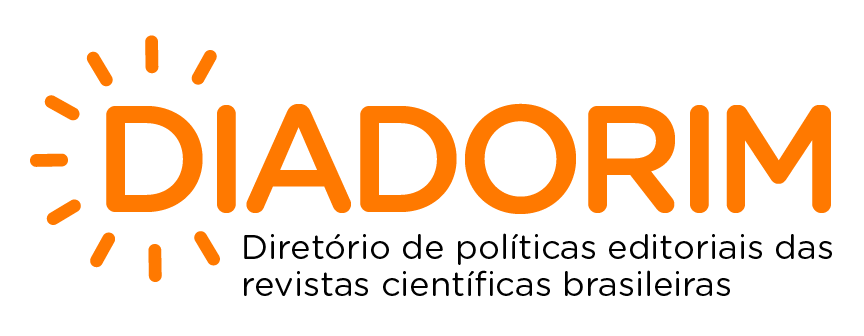Ecologial sustainability related to city buildings restauration
Keywords:
Arquitetura sustentável, Sustainable architecture, retrofit, Sustentabilidade, Sustainability,Abstract
This article aims to outline the ecological parameters of sustainability in order to enable the recovery, maintenance and restoration of the buildings by using technical and material procedures that contribute to minimize the environmental impact of the constructed medium on the local architectural site; and assist in the sustainability and ecological recovery of the town environment. The relevance of this problem is on the intention of delaying the buildings life cycle, by maximizing its use and making possible the vitalization of degraded areas as well as preserving relevant town historical aspects, along with the preservation and recovery of the great urban centers’ environment; teaching the ecology’s first steps to the professionals involved in the process of architectural retrofit and the community as a whole. In the accomplished study it was verified that the use of appropriate architectural procedures can confer to the retrofit, during the building rehabilitation process and by applying environmentally correct technologies and materials, preservation qualities and environmental recovery which contribute a lot to the town’s ecological sustainability; being the eco literacy a primordial factor of the whole process. The adopted methodology to develop this work has been based on several sources: bibliographical research applied mainly to the architectural and ecological techniques areas, contemplating the ethics and the philosophy also; electronic documents that allowed the synchronicity of data updating; and, researches in companies that orientates their products and technologies for the ecological sustainability.Downloads
Downloads
Published
How to Cite
Issue
Section
License
Authors who publish in this journal agree to the following terms:
a) Authors retain the copyright and grant the journal the right of first publication, with the Project simultaneously licensed under the Creative Commons Attribution License that allows the sharing of the Project with recognition of the authorship and initial publication in this journal.
b) Authors are authorized to assume additional contracts separately for the non-exclusive distribution of the version of the Project published in this journal (e.g., publishing in an institutional repository or as a book chapter), indicating that it was originally published in this journal, with a link to the article.







 Todo o conteúdo de Cadernos de Pós-Graduação em Arquitetura e Urbanismo está licenciado sob
Todo o conteúdo de Cadernos de Pós-Graduação em Arquitetura e Urbanismo está licenciado sob 